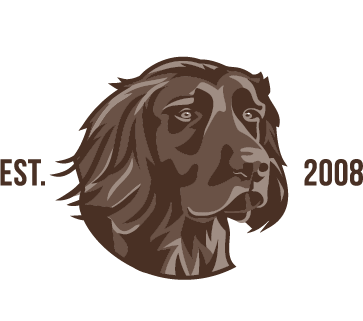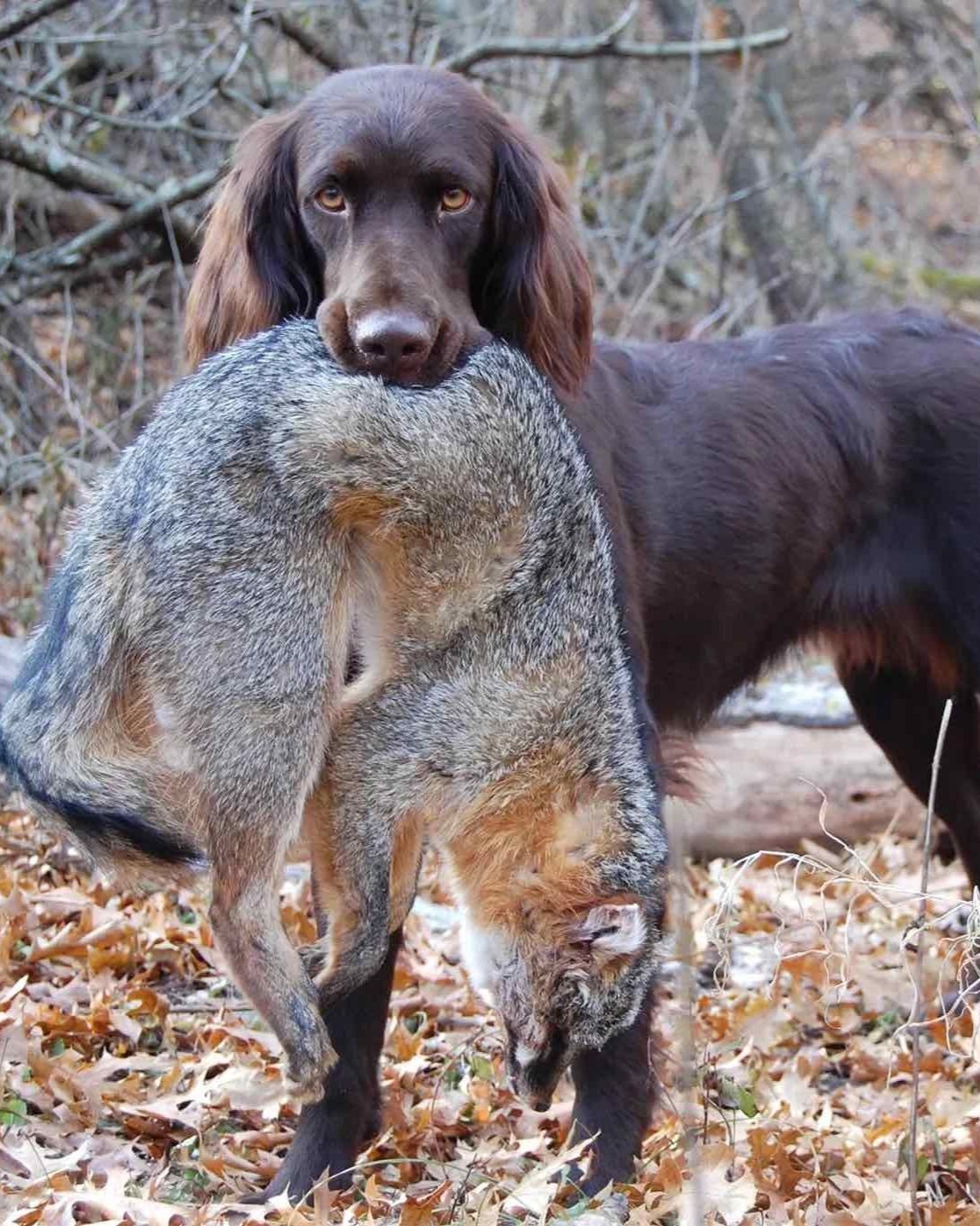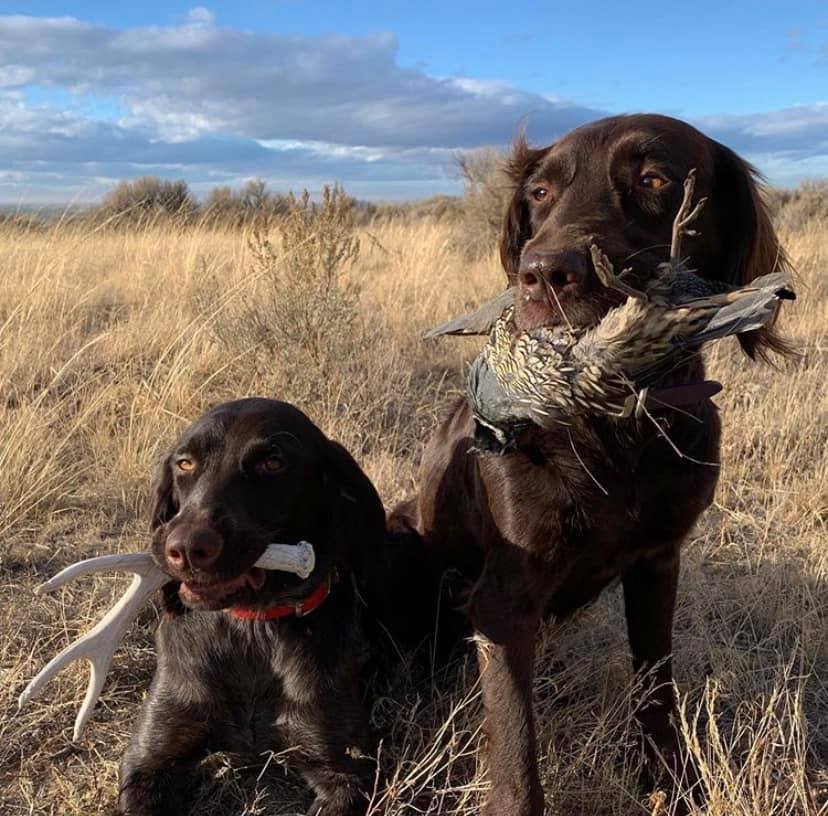
The Deutsch Langhaar
The Deutsch Langhaar is a versatile hunting dog bred to assist the hunter in all hunting tasks, whether in the field, water, or forest. They are valued for their trainability, exceptional calmness, and stable temperament during the hunt and at home. Since form follows function, conformation and good health are of great importance in the breeding of Deutsch Langhaar.
Hunting abilities are tested in JGHV tests which evaluate natural ability, trainability, and temperament. A Deutsch Langhaar is required to possess a strong pointing ability, show passion in the water, hunt loud when it encounters furred game, be tough on predators, reliably track wounded game, and aid in ethical hunting by being proficient retrievers of all game. They are expected to perform as well after the shot as they do before the shot.
Conformation is evaluated in breed shows and, prior to breeding, a Deutsch Langhaar must be rated in a breed show with at least “good” in type, conformation, and coat. Deutsch Langhaars must be healthy, certified clear of hip dysplasia, and have a correct bite with a complete set of teeth. Healthy and strong dogs with the determination to complete the most difficult hunting tasks produce dogs with all-around great performance.
Deutsch Langhaar translates to English as German Longhaired Pointer, but the German-language name is used to differentiate these dogs which are bred and managed by the German system with its strict breeding standards.
Breed History
The Deutsch Langhaar is among the oldest of the German pointing dog breeds. While references to long-haired hunting dogs exist as far back as the middle ages, the transition from flushing dogs to pointing dogs occurred hundreds of years later. By the mid-nineteenth century there were several types of long-haired pointing dogs throughout Germany, which led to an interest in standardizing the various types into a single breed. In 1879, a group convened in Hanover to write the first breed standard for the Deutsch Langhaar.
The first breed club was established in 1893 by Freiherr Friedrich von Schorlemer-Alst. Club Langhaar established the first performance tests for the breed and stressed the idea that form follows function, therefore hunting performance was an important consideration in selecting breeding stock.
The breed standard was adjusted over the next few years. In 1908, black coloration was officially excluded from the breed; black-and-white dogs split off and eventually became the Large Munsterlander breed. The Deutsch Langhaar gained recognition as an excellent forester’s dog with the temperament, mental stability, and toughness required to take on any hunting task.
“The active hunter, without a doubt, firmly believes that responsible breeders, and the appropriate and consistent training of versatile hunting dogs are the foundations of ethical hunting.”
The Deutsch Langhaar Verband was formed in 1926 through the merger of Club Langhaar and Verein Deutsch-Langhaar. The DLV continues to serve as the official breed club for the Deutsch Langhaar and maintains the mission of breeding a loyal, reliable, and rugged hunting dog suitable for work in the field, water, and forest, with special emphasis on the work after the shot for the recovery of dead or wounded game.



